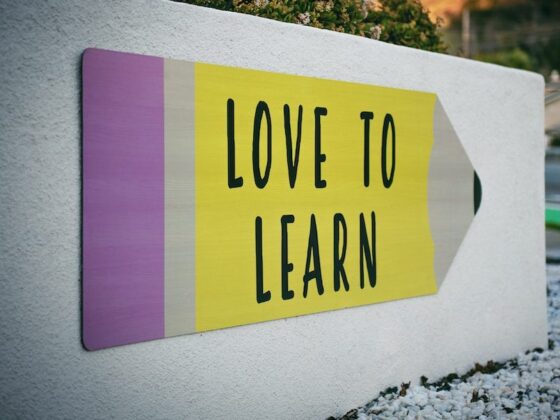One of the greatest challenges for stressed families over the summer is the availability of books for their children. Time and again, research shows that the fewer books in the home, the less likely a child is to be on target for grade level reading skills. During the school year, this deficit can be addressed in the classroom and with library check out programs. But what happens when the school doors close and summer is upon us?
Unfortunately for many low socioeconomic status students, summer means nearly a 2 month loss of reading skill. This loss is not only correlated to the lack of books in the home, but also to the lack of conversation about reading. While reading supports the skill, it is the discussion of the book that relates to comprehension. Here at ThinkStretch, we think about this a lot and have great ideas from schools and universities to increase your students’ access to books.
The challenge is to provide 12 books per student to read over the summer. Why 12? Because researcher Richard Allington demonstrated that those students who received 12 books a summer over 3 years had “significantly higher” reading scores, experience less of a summer slide and read more on their own each summer than those who didn’t get books.
But getting books doesn’t necessarily mean a trip to the book store. There are plenty of ways to get books for your students and not have to spend half their college savings to get them. Here are 5 opportunities to capitalize on free books during the summer.
- Open Library Hours – one of our favorite schools offers a stipend to the media specialist to open the library one afternoon a week to allow students to check in and out the books of their choice.
- Book Swap – organized by parents, every Thursday evening kids and parents come to school to swap books. At the end of the school year, a huge collection of used books are given to students. Gathered through out the year, these books are the basis of the weekly book swap.
- Book Fair Giveaway – using Title I funds, several schools offer students the opportunity to choose up to 12 books at a Summer Book Fair at school. This is the model that was used by Allington in his research.
- Free Books – Several companies like Barnes and Noble, Scholastic and even Pottery Barn offer free books to students every summer. Check out the easy requirements and set your students up with at least one brand new book.
- Library Card Day – Many districts partner with the local library to sign students up with their own library cards by bringing the library to school. At the same time, the library promotes their summer reading program and gets kids excited to visit often.
And to increase the conversation about books? Simply send every student home with a ThinkStretch Parent Guide to Summer!





